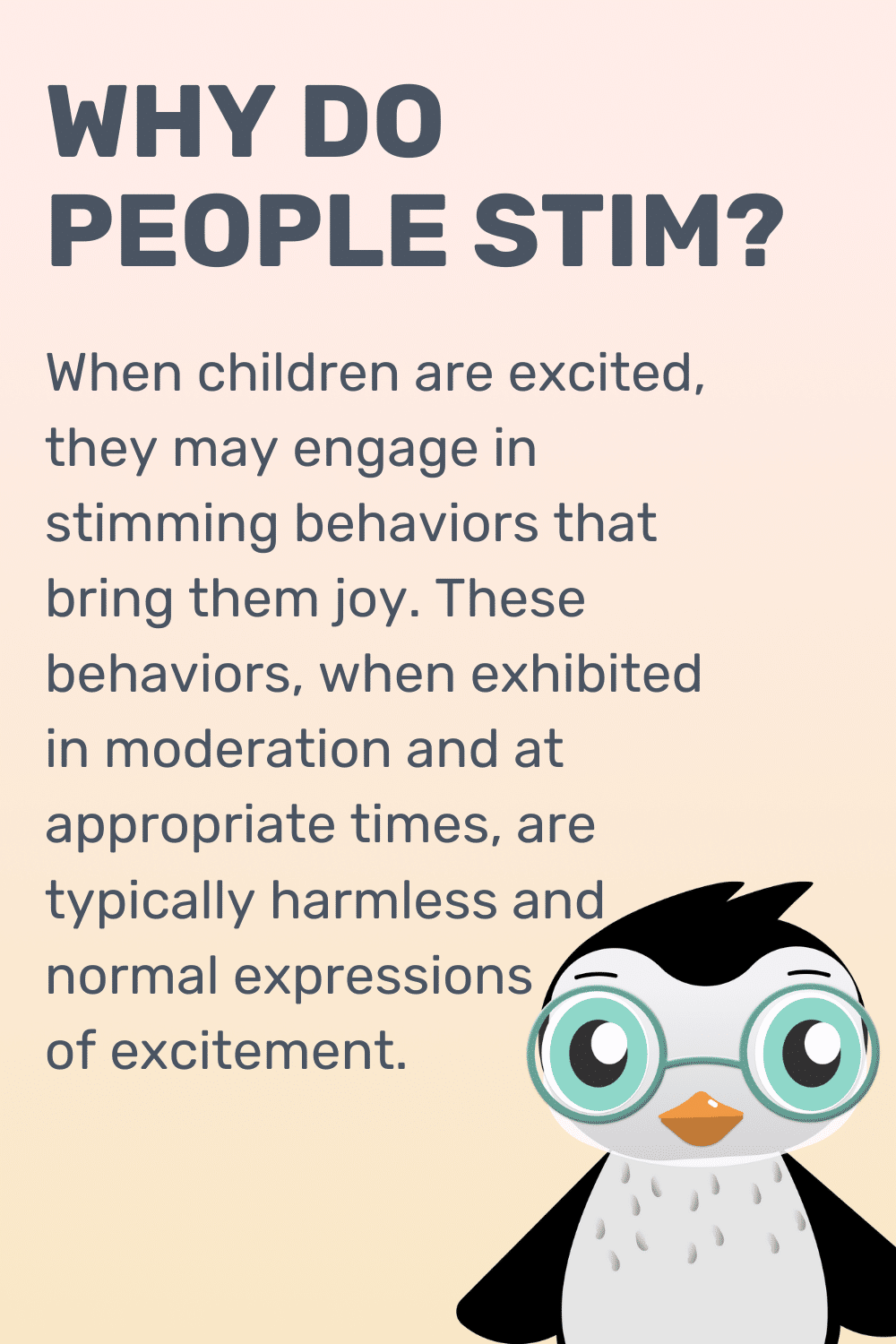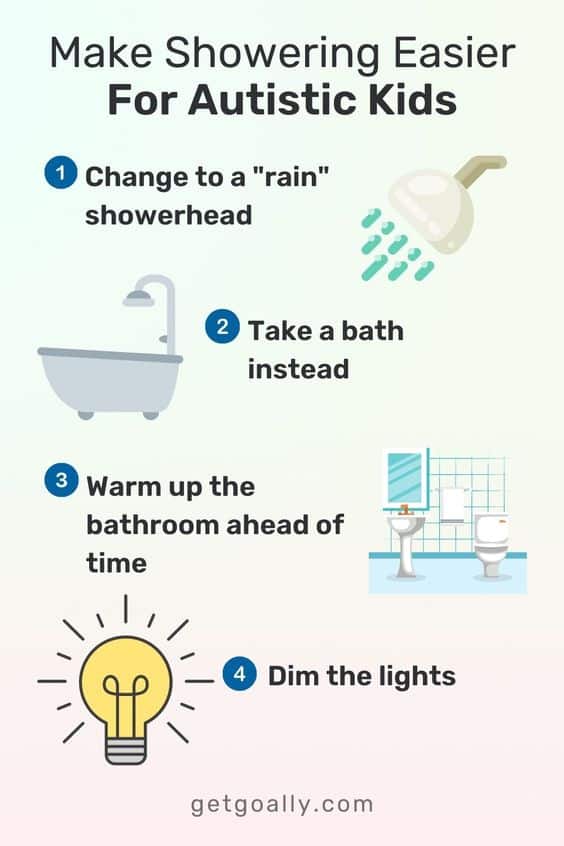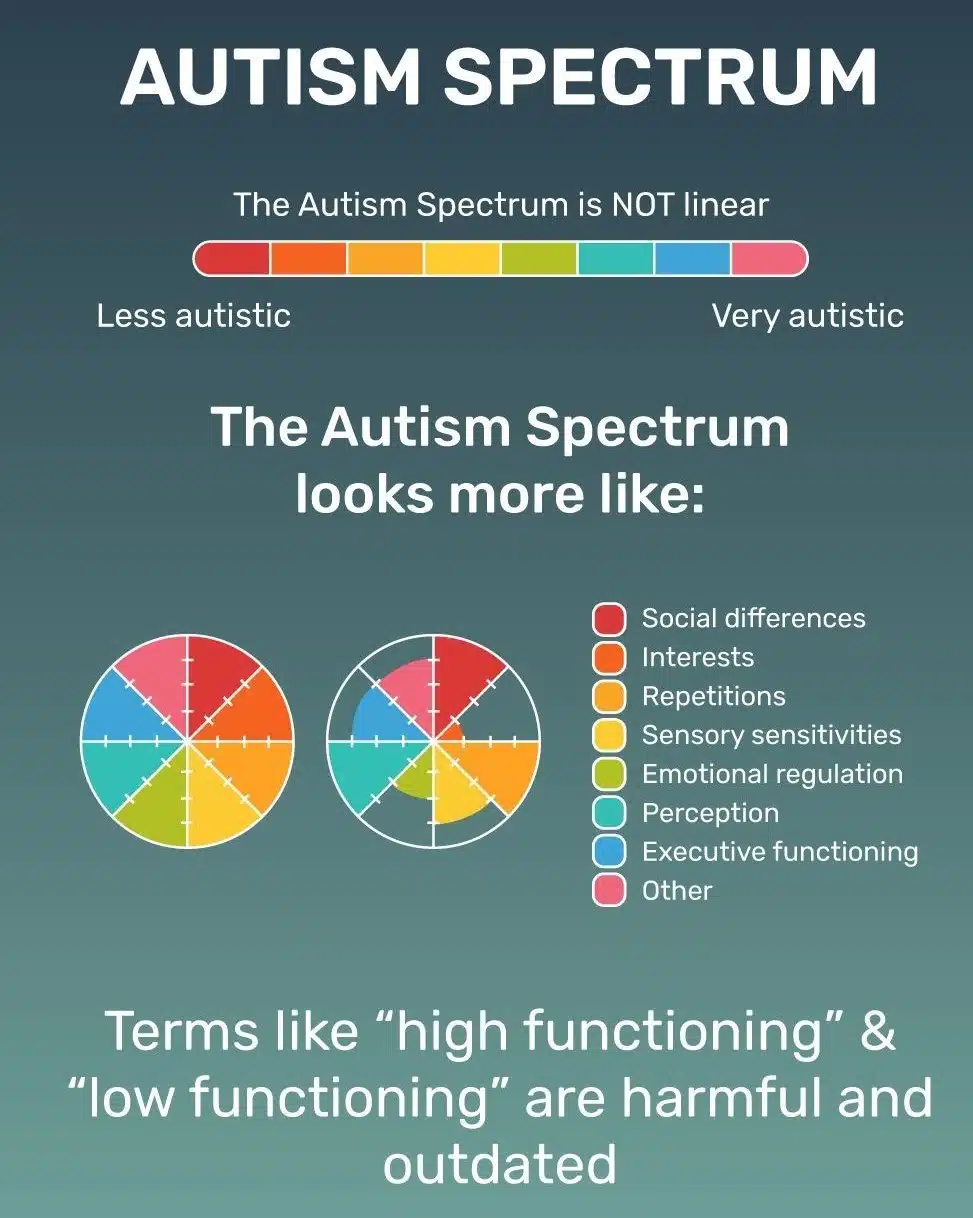Let’s walk through a day in the life of Charlie, a cheerful 7-year-old with autism. Today, we’ll see how this condition surfaces in his daily activities and how it’s managed, giving you a glimpse of what my child has autism can look like.
- Charlie begins his day by following a structured morning routine – it helps him feel secure and get ready for the day.
- At school, Charlie attends a specialized class where teachers use visual aids to help him better grasp concepts.
- While he prefers to play alone at recess, his school buddy, Jake, gradually helps him interact and play with others without feeling overwhelmed.
- Charlie ends his day at home with a relaxing bedtime routine, slowly unwinding under the guidance of his understanding parents.
| Activity |
Helpful Strategy |
| Morning routine |
Following a structure |
| School work |
Using visual aids |
| Playing at recess |
Guided interaction |
| Bedtime routine |
Gradual unwinding |
Charlie’s story truly highlights how daily life with autism can unfold and how manageable it can be with the right approach. Each day brings its own challenges, but it also brings joy, surprises, and plenty of love.














